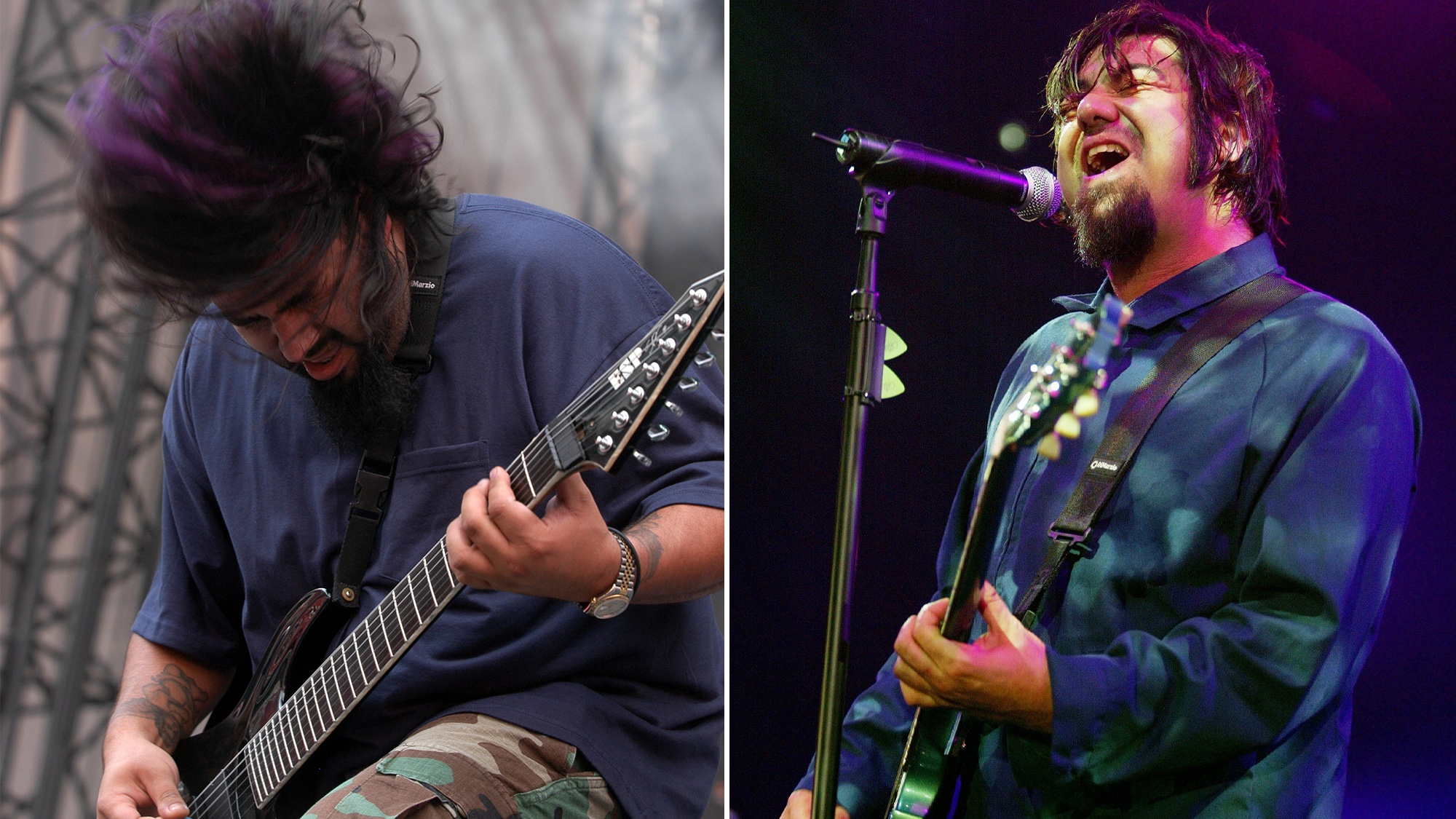Alter Bridge Frontman Myles Kennedy Discusses His Highly Personal Solo Album, 'The Year of the Tiger'

Myles Kennedy had his first solo record all ready to go. The singer-songwriter and guitarist, who splits his time serving as the lead voice of two high-profile bands (Alter Bridge and Slash Featuring Myles Kennedy and the Conspirators), spent seven years meticulously crafting an album of stripped-down, acoustic-based tunes. But then a funny thing happened: He realized that the record didn’t sound anything like what he’d envisioned.
“Basically, I spent too much time on it and lost the plot,” Kennedy explains. “It started out fine, but I fell into the trap of using Pro Tools and recording as many tracks as I wanted—‘Let’s add this guitar. Let’s have all of these textures.’ At the end of the day, it was over-produced and cluttered, which is the furthest thing from what I was going for.”
Kennedy scrapped the album and went back to the drawing board. Along with adhering to his self-imposed edict of keeping things simple (he recorded to analog tape to limit the number of tracks he could use), he also summoned up the courage to write about a topic he had never fully addressed before: the death of his father, who passed away when the singer was only four years old.
“I tried writing about my father a while ago, but it just felt like I was trying to peel away a scab too soon,” he observes. “This time, things felt different. These songs are almost like letters to my father. Once I started writing, everything came pouring out.”

Titled The Year of the Tiger (in the Chinese Zodiac, it’s the same year that Kennedy’s father passed—1974), the album is a far cry from the blitzing hard rock and metal sounds of the bands he fronts. Lush acoustics and rootsy resonator guitars form the foundation of the record’s bluesy, country-laced songs. Kennedy, working with drummer Zia Uddin and bassist Tim Tournier, does most of the instrumental heavy lifting: In addition to all of the guitars, he also plays banjo, mandolin and lap steel.
“I was tapping into a lot of the music I love,” he notes, citing Robert Johnson, Son House, Mississippi John Hurt, Big Bill Broonzy and Chris Whitley as influences. “There’s an intimacy to their records that is so powerful, and that’s what I was feeling. I also noticed that playing acoustics and resonators changed how I sang. I’m in a lower register because I’m not trying to shout out over a wall of amps. Singing lower sounded very pleasing to my ear, and it made it easier for me to emote.”
Although he could have called upon cohorts Mark Tremonti and Slash to guest solo, Kennedy relished the chance to let his own lead work shine on the old-school country stomper “Haunted by Design” and the wicked blues workout “Devil on the Wall.” “It crossed my mind to ask them to play on the record,” he admits, “but this was a solo album and I wanted to see how much I could pull off myself. On both of those songs’ solos, I kind of tipped my hat to Brian Setzer, and I used this incredible Gretsch Duane Eddy model. That guitar is so much fun to play.”
All the latest guitar news, interviews, lessons, reviews, deals and more, direct to your inbox!
When it came to acoustics, Kennedy brought a small number of faves into the studio. “I didn’t want to haul in everything I own,” he says. “I thought, Let me just use what each track wants.” He calls his 1944 Gibson J-45 “Banner” his go-to instrument. “The thing sounds like cannon fire,” he enthuses, noting that “the Banners were all built by women, because men were off fighting in World War II.” He also used a 1945 Gibson 000-21 as well as an early Nineties J-200. For resonators, he relied on a 1930s National Triolian and a brand-new National NRP model.
At the suggestion of producer Michael “Elvis” Baskette, Kennedy agreed to try his hand at playing lap steel. “That gave me a little pause for thought,” he allows. “But Elvis really wanted it on the record, so I thought, Okay, I’ll give it a go. He had this inexpensive Dillion lap steel, and I found out that I loved playing it. And that was kind of perfect. It turned out to be another cool part of this journey I took during the making of this album.”
